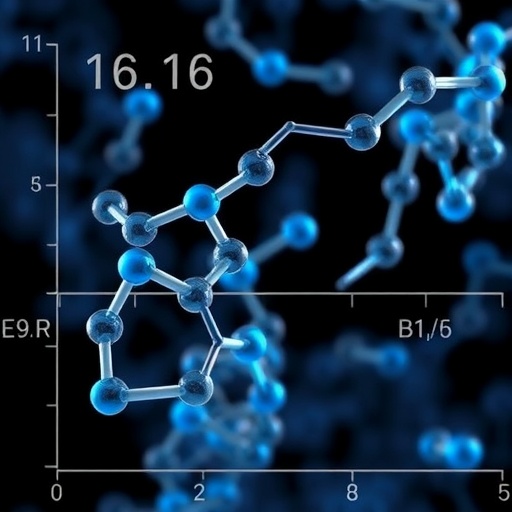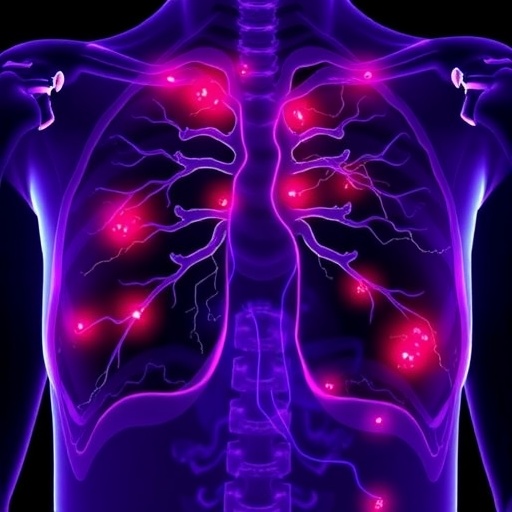New Orleans, LA – Dr. Robert Zura, Professor and Chair of Orthopaedic Surgery at LSU Health New Orleans School of Medicine, was part of a research team reporting that not only may opioid use increase the risk of bone fractures, but opioids may also impair healing. The authors also question their effectiveness in controlling pain. Dr. Zura is a coauthor of the "Article in Press" available online in the journal, Injury.
The authors suggest that chronic use of certain medications may be a significant and substantial risk factor for fracture nonunion. Overall, 49.2% of opioid-naive patients receive an opioid prescription for post-operative pain control at hospital discharge after major surgery. Yet they report there is no evidence that opioids are more effective than non-opioids for acute extremity pain in the Emergency Department. The authors add that their data suggest that there is an inherent risk in use of most opioid analgesics and emphasize the importance of multimodal, non-opioid analgesic techniques at fracture.
The team studied 309,330 of the 18 most common bone fractures, as well as medication use, including antibiotics, anticoagulants, diabetes medications, osteoporosis medications, cardiac medications, diuretics, immunosuppressants, steroids, anticonvulsants, and non-opioid analgesics in addition to opioid analgesics. They found that opioid medications as a class significantly increased the risk of fracture nonunion following both acute and chronic administration.
"Chronic opioid use roughly doubled the risk of nonunion among all patients, and this effect was fairly consistent across all ages and both genders," noted Dr. Zura.
The researchers report that Schedule II opioids, as a group, create a greater nonunion risk than non-opioid analgesics. Certain of these medications produce a significant risk, including acetaminophen/oxycodone, hydromorphone, acetaminophen/hydrocodone, oxycodone and meperidine. Of the Schedule III-V opioids, tramadol and naloxone/pentazocine were also associated with increased risk. Acetaminophen/codeine and buprenorphine were not associated with increased risk of nonunion. Prescription NSAID use also increased the risk of nonunion among chronic users.
"It is interesting that recent opioid policy discouraging the use of high-potency opioids appears to be increasing use of lower-potency opioids such as tramadol, a Schedule IV opioid," says Zura. "Our data suggest that this trend may not increase medication safety to the degree desired. It is critical that trauma surgeons and other practitioners be aware of the nonunion risk created by medication use."
The authors suggest that chronic use of certain medications may be a significant and substantial risk factor for fracture nonunion. Overall, 49.2% of opioid-naive patients receive an opioid prescription for post-operative pain control at hospital discharge after major surgery. Yet there is no evidence that opioids are more effective than non-opioids for acute extremity pain in the Emergency Department. They add that their data suggest that there is an inherent risk in use of most opioid analgesics and emphasize the importance of multimodal, non-opioid analgesic techniques at fracture.
###
The team also included researchers from Duke University Medical Center, North Carolina State University, Hospital of the University of Pennsylvania and the University of Missouri.
The study was supported by Bioventus, LLC, and Zura and two other co-authors are paid consultants to Bioventus.
LSU Health Sciences Center New Orleans educates Louisiana's health care professionals. The state's most comprehensive health sciences university, LSU Health New Orleans includes a School of Medicine, the state's only School of Dentistry, Louisiana's only public School of Public Health, and Schools of Allied Health Professions, Nursing, and Graduate Studies. LSU Health New Orleans faculty take care of patients in public and private hospitals and clinics throughout the region. In the vanguard of biosciences research in a number of areas in a worldwide arena, the LSU Health New Orleans research enterprise generates jobs and enormous economic impact. LSU Health New Orleans faculty have made lifesaving discoveries and continue to work to prevent, advance treatment, or cure disease. To learn more, visit http://www.lsuhsc.edu, http://www.twitter.com/LSUHealthNO or http://www.facebook.com/LSUHSC.
Media Contact
Leslie Capo
[email protected]
504-568-4806
@LSUHealthNO
http://www.lsuhsc.edu/
http://lsuh.sc/nr?a=241
Related Journal Article
http://dx.doi.org/10.1016/j.injury.2018.05.004




